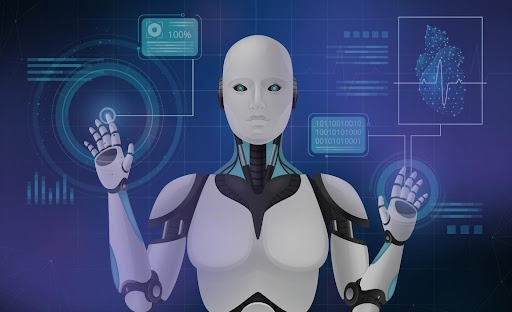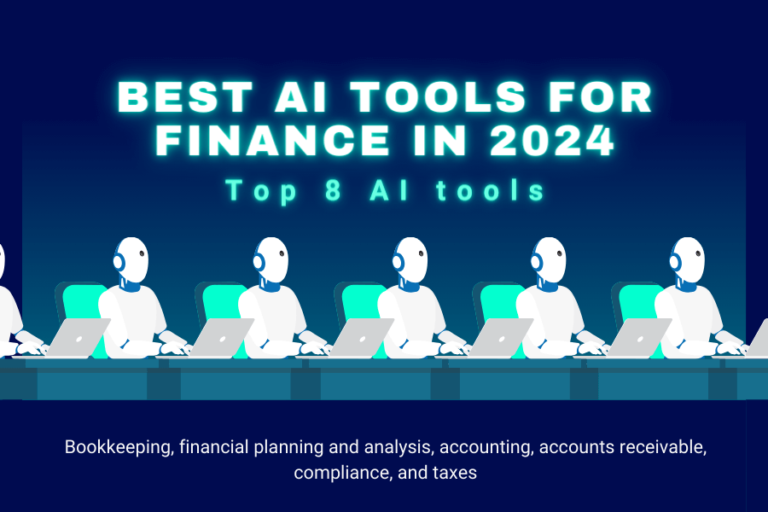AI voice refers to using natural language processing (NLP) and machine learning algorithms. It helps computers to understand and respond to human speech.
By advancing human-computer interaction, AI voice technology has the potential to revolutionize the way we interact with our devices. It makes them more intuitive and responsive to our needs.
Scroll down to learn about AI voice information and its interesting features!
What Is AI Voice?
AI voice is a cutting-edge technology. It utilizes natural language processing and machine learning algorithms to enable computers to understand. Then it will respond to human speech.
By breaking down language barriers, AI voice is revolutionizing human-computer interaction. It makes it more intuitive, efficient, and personalized.

This technology has numerous applications, including virtual assistants and chatbots to voice-activated smart home devices and cars.
AI voice also has the ability to learn and adapt to individual users, this helps AI voice have the potential to transform the way we interact with technology and even enhance our quality of life.
As technology continues to evolve, AI voice is expected to become an increasingly integral part of our daily lives.
How Does AI Voice Work?
Voice AI can understand and interpret human language, so it perfects in algorithms to provide rational responses. Through a blend of AI and automation, speech systems can be developed, with encoding and decoding of messages being involved.
The speech recognition process in AI includes several steps, which we’ll explore below.
Speech-to-text conversion
To begin with, voice AI involves understanding the text-to-speech of the speaker by interpreting and analyzing the sound waves they generate.
After that, it breaks them down into text fractions. This first step is accomplished using a technique called pre-speech recognition by breaking down the user’s words into groups and converting them into easily understandable bits for the system.
Ambient sound filtering
Sometimes, ambient sounds, such as background noise, can be picked up along with the user’s voice. This can make it difficult for the AI to interpret the message accurately.
In such cases, the AI uses a neural network to filter out the ambient noise and separate the message from the noise.

Neural processing transfer
An interesting fact is AI voice uses neural networks that imitate human brain neurons. When data reaches the system, it is broken down further to find the best match.
By analyzing every letter of the message, the AI tries to understand the meaning of the sentence and match it with the best possible outcomes.
Syntactic and semantic analysis
After processing the user’s message, the voice AI uses syntactic and semantic techniques to analyze the text and gain a deeper understanding of the context.
The syntactic analysis involves breaking down the natural language to understand the grammatical rules, while semantic analysis focuses on understanding the meaning of the sentences and words.
Result evaluation
After analyzing the user’s message and gaining a better understanding of the context, the AI comes to a specific range of conclusions by thoroughly examining the user’s question.
Then, the mission of the algorithm analyzes the most promising solution and filters the responses to find the perfect match for the query.
Language-specific user communication
The last step involves communicating the selected response to the user in their preferred language. The response is transmitted in audio format, and the AI will store those answers for future use.
This stage is critical because it enables the AI to engage with the user in a way that is natural and straightforward to comprehend.
What Are The Benefits Of AI Voice?
The emergence of AI voices in the voice-over industry has opened up a plethora of advantages. These include flexibility, cost-efficiency, and inclusivity, significantly affecting the industry.
Flexibility
One of the main advantages of AI voices is the flexibility they offer. Customization of the tone, style, and language of the voice-over is made easy, making the process of recording the voice-over a breeze.
Moreover, unlike human voice-overs, where multiple takes may be required, AI voices allow for a final take to be recorded in one go. It reduces the time and effort required for production.
Cost-efficiency
Another highlight benefit of AI voices is cost efficiency. With AI-generated voices, editing is a relatively easy task.
It can be made within minutes, reducing production costs significantly. This means that production teams do not need to spend too much time and resources on voice-overs anymore!

Inclusivity
Inclusivity is also a significant advantage of AI voices. By allowing for voice-overs to be recorded in multiple languages or dialects, AI voices have the potential to reach a global audience.
This is a huge advantage because brands can more easily target specific regions or markets, enhancing their reach and presence.
Additionally, AI voices can support content more widely available to those with speech or hearing impairments.
Conclusion
AI voice technology has revolutionized the voice-over industry, enabling businesses. It improves their customer engagement and outreach.
As AI programming continues to advance, it offers vast potential for human-computer interaction. The world in the future will be brightened thanks to this new technology when it makes communication more accessible and seamless than ever before.
Thank you for reading!
FAQ
- Are AI videos allowed on YouTube?
YouTube videos created by AI can indeed be made profitable. These films can be monetized through sponsorships, advertisements, products, and other revenue streams as long as they adhere to YouTube’s monetization policies and guidelines.
- Is AI content copyright free?
AI art is not regarded as the creation of a person, just as any other kind of AI-generated artwork. AI-generated art cannot be copyrighted by any author since AI isn’t legally considered an author either.
- Can you make money with AI videos?
Make money by making visually appealing faceless videos. It has never been simpler to transform your ideas into successful video content, regardless of whether you are a business owner or a content creator. Videos produced with invideo AI do make money, despite popular belief.








